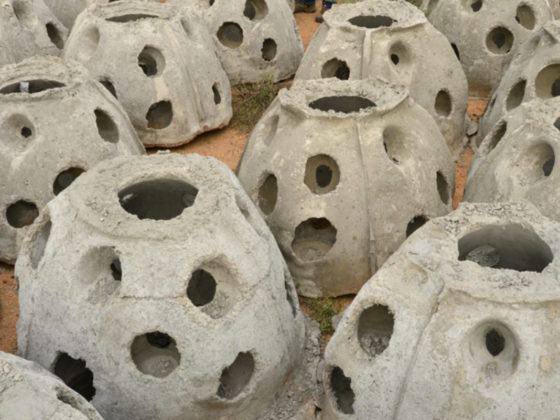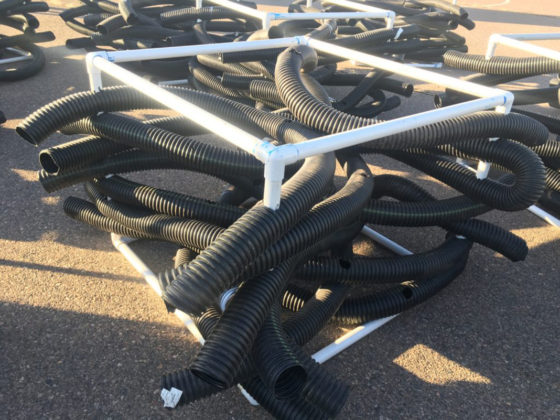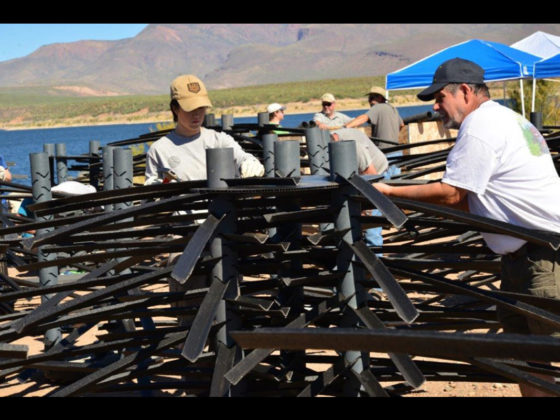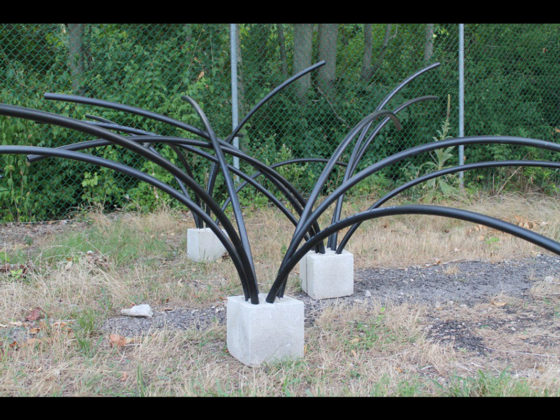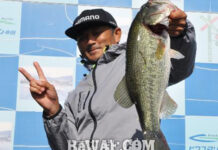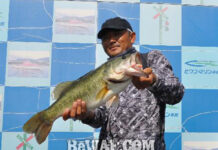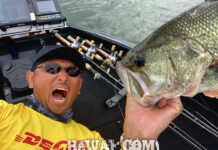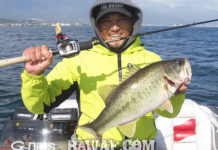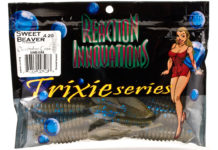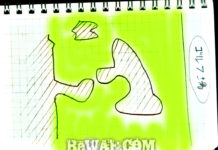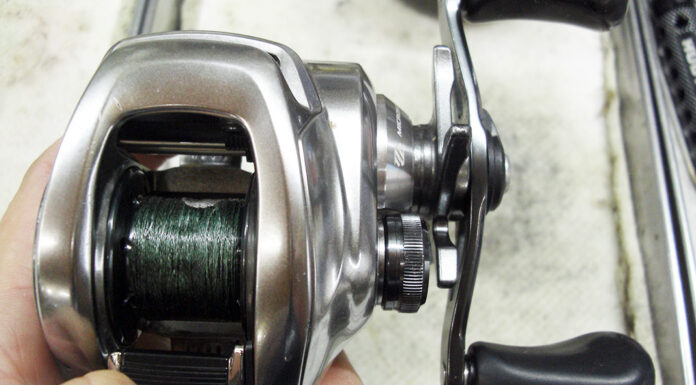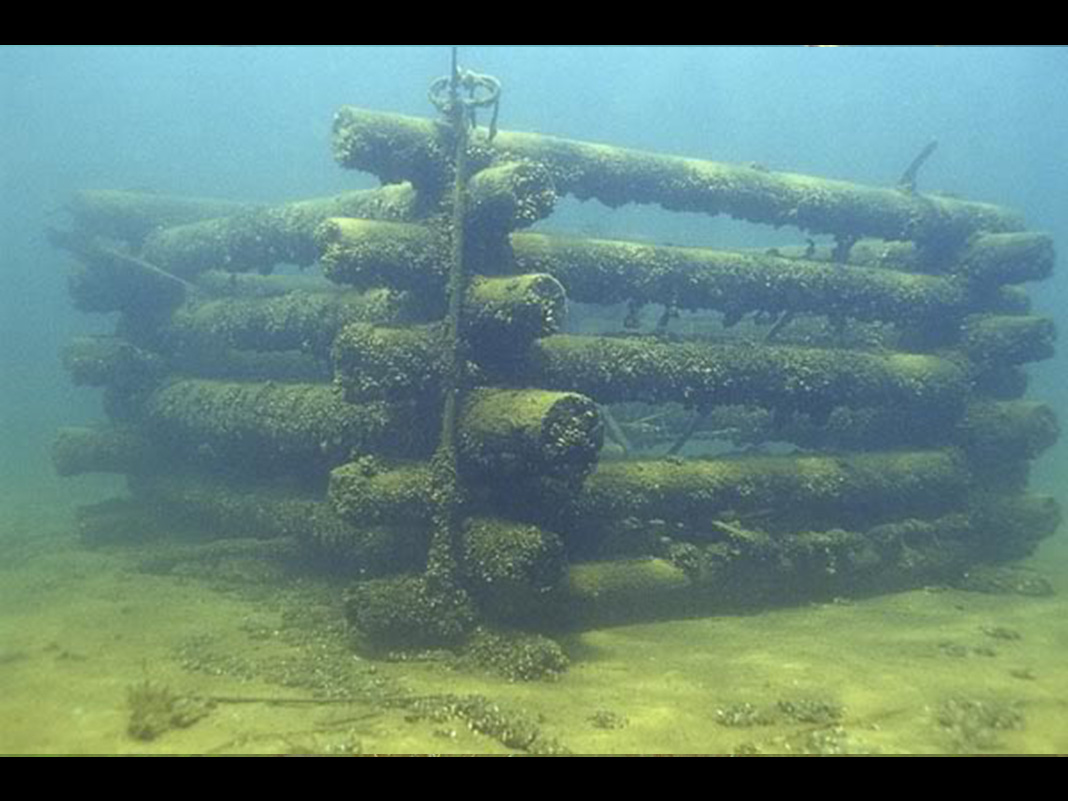
今年2018年は、米バスマスタートーナメント団体が設立50周年を迎える節目の年となります。それに合わせて、多くの同船プレス記者によるメモリアルアーティクルがアップされています。その中から面白いものをピックアップし、要点を紹介します。この記事は、二つの記事を一つにまとめたものです。
驚きの進化!米国の人工漁礁とバスフィッシングの未来

みなさんは「オダ」や「漁礁」という言葉をご存知でしょうか?オダ漁礁とは、漁師さんが魚を獲るために事前に水中にブロックや木の枝などを沈めておく、いわば小魚寄せの仕掛けのことです。写真は北浦で有名な「エビオダ」というものです。小枝をまとめてロープで縛り、ポイントごとに沈めてあります。これを狙って釣りをすると、大きな魚が釣れるのです。国内では、自然に溜まった枝やゴミもオダと呼ぶアングラーも多いです。ただ、海外の バスフィッシングシーンでは、これらの オダ が大変ややこしい問題となっています。
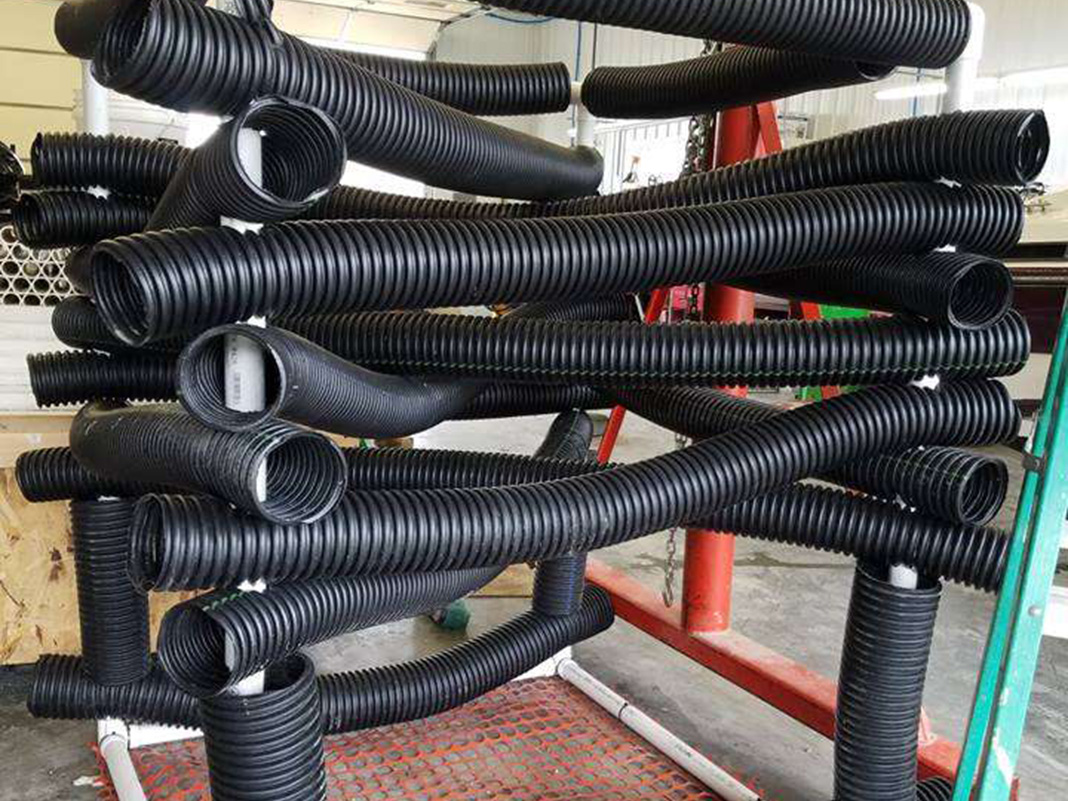 米国では、これらのオダ漁礁は各州の自然管理局が魚資源確保のために独自に制作している。毎年、トーナメントが開催される度に湖底の「沈み物」は形を変えているのだ。写真はポリ塩化ビニル(PVC)製で、「ジョージアキューブ」と呼ばれている。底に砂利を引き、複雑な形がバスを魅了するらしい。また、人工物は自然の木材よりも耐久性が高く、半永久的に使用できるうえ、水質に悪影響を与えず、引き上げたい時に引き上げることができる。さらに、軽量なため輸送費も抑えられることから、全米中で関心が高まっている。カンザス州 では自然管理局が広報活動まで行っている。米国には数百種類の 人工オダ が存在するのだ。
米国では、これらのオダ漁礁は各州の自然管理局が魚資源確保のために独自に制作している。毎年、トーナメントが開催される度に湖底の「沈み物」は形を変えているのだ。写真はポリ塩化ビニル(PVC)製で、「ジョージアキューブ」と呼ばれている。底に砂利を引き、複雑な形がバスを魅了するらしい。また、人工物は自然の木材よりも耐久性が高く、半永久的に使用できるうえ、水質に悪影響を与えず、引き上げたい時に引き上げることができる。さらに、軽量なため輸送費も抑えられることから、全米中で関心が高まっている。カンザス州 では自然管理局が広報活動まで行っている。米国には数百種類の 人工オダ が存在するのだ。
米国の人工漁礁一部紹介
更に進化する人工漁礁
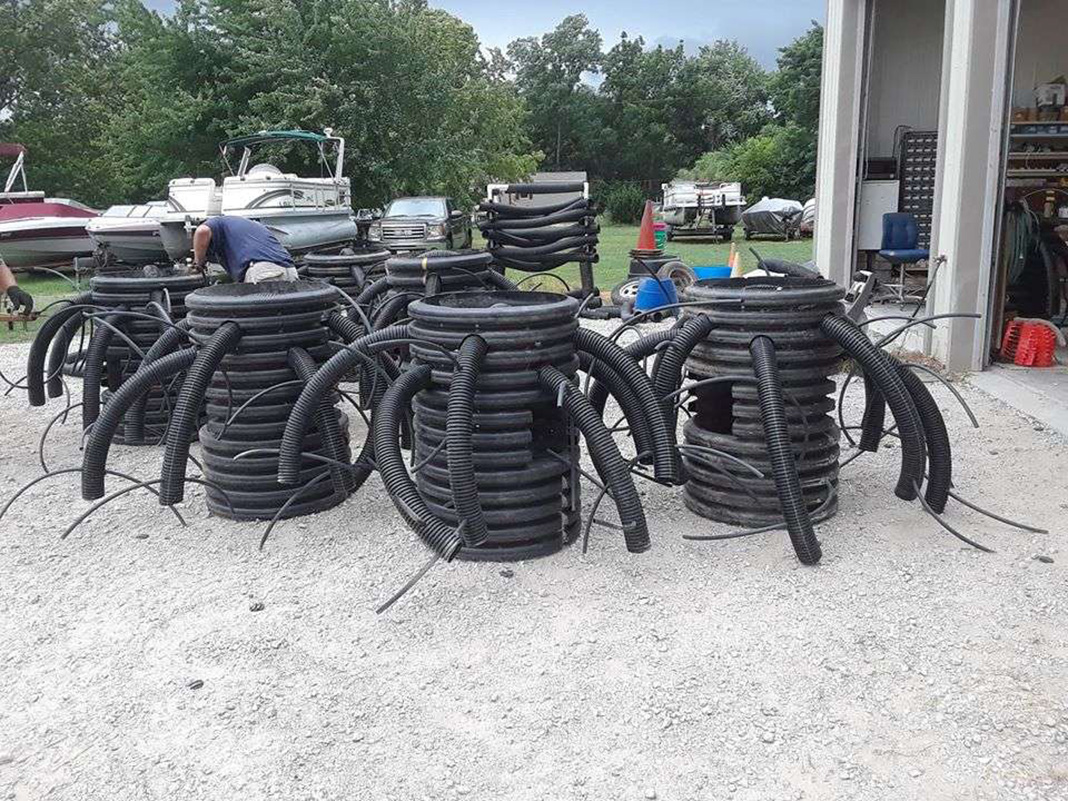 そしてこれはイリノイ州のシェルビービル湖に沈んでいるものです。切り株(スタンプ)に似せて作られているらしいです。大学教授の助言のもとに作られ、ある州でテストされたものが良くできた場合には、それらの人工オダ漁礁が数百個単位で制作され、翌週には投げ込まれるとのことです。アングラーが知らないうちに、様々な 人工的な自然変化 が作られるのです。
そしてこれはイリノイ州のシェルビービル湖に沈んでいるものです。切り株(スタンプ)に似せて作られているらしいです。大学教授の助言のもとに作られ、ある州でテストされたものが良くできた場合には、それらの人工オダ漁礁が数百個単位で制作され、翌週には投げ込まれるとのことです。アングラーが知らないうちに、様々な 人工的な自然変化 が作られるのです。
 画像はジョージアブロックが映し出されている様子です。何がどこに沈んでいるのかを見つける作業は、これからの時代には一瞬で終わる時代に突入しています。魚探の進化には人工漁礁が密接に関わっているといっても過言ではないでしょう。
画像はジョージアブロックが映し出されている様子です。何がどこに沈んでいるのかを見つける作業は、これからの時代には一瞬で終わる時代に突入しています。魚探の進化には人工漁礁が密接に関わっているといっても過言ではないでしょう。
Georgia cubes as fish attractors aren’t just for Georgia fisheries anymore. And many of them aren’t exactly cubes either.
As developed by the Georgia Department of Natural Resources, the original cube was 3-feet square, with a PVC frame and about 50 feet of corrugated drain pipe, either wrapped around and through the frame or cut into several pieces and attached to the inside for density. Longer lasting than wood, as well as lighter and easier to transport, cubes were an innovative alternative to cribs made out of logs. Often, they were anchored with gravel placed in the PVC or tied together and attached to cinder blocks or other weights.
Cribs and then cubes follow a growing trend of actually constructing habitat, often using manmade products, instead of relying solely on Christmas-tree brushpiles and sunken timber.
“Cost effective, easy to place and proven in other states, the new structures not only last more than three times longer than natural brush piles, but also have been shown to hold as many fish as the natural counterpart without affecting water quality,” reported Kansas Department of Wildlife, Parks and Tourism (KDWPT).
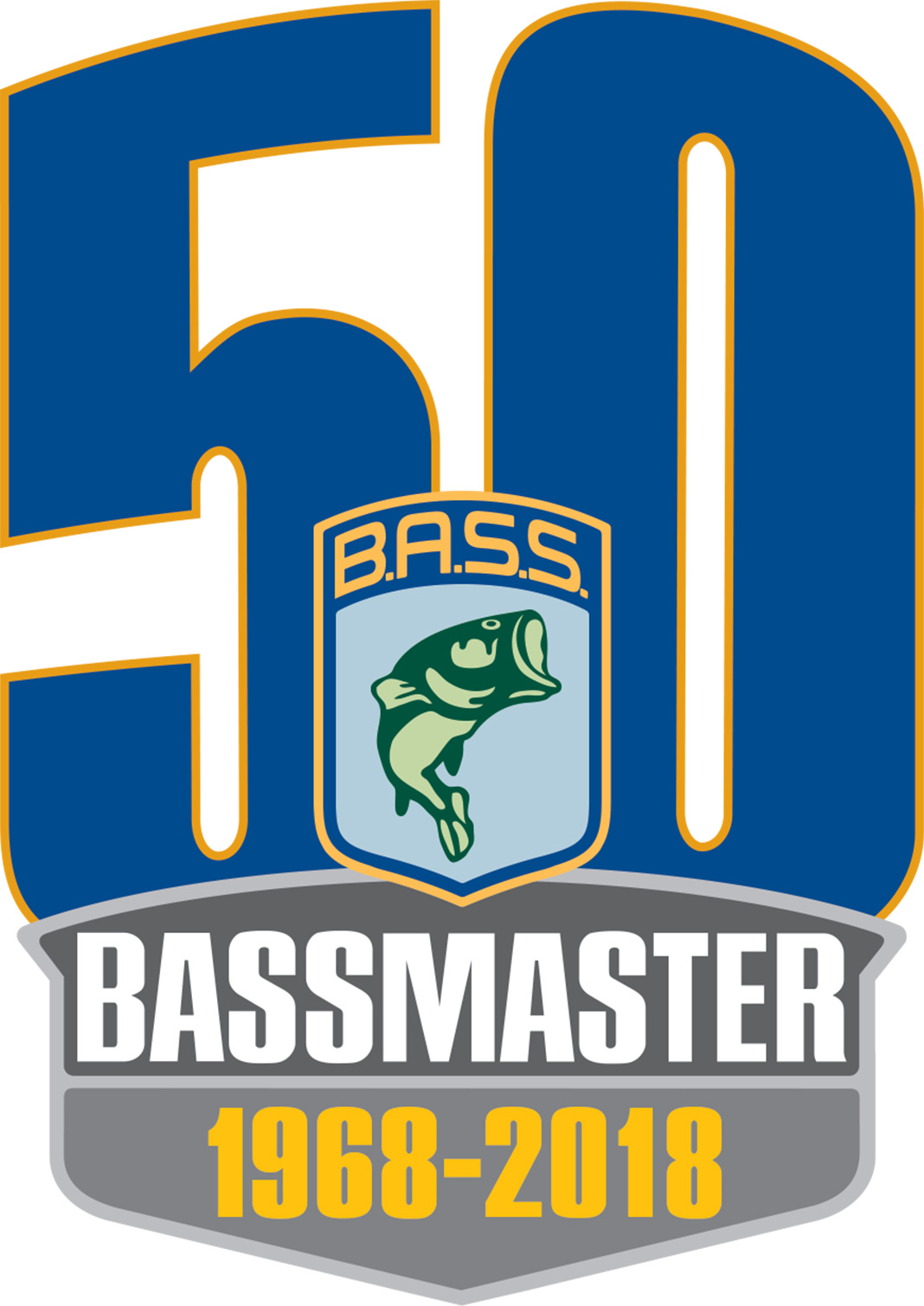 “We are entering our fourth year of using these cubes,” said David Breth, who coordinates KDWPT’s fisheries habitat program. “We intend to build both standard cubes and modified structures. These modifications range from taller structures or stacking to using less drain pipe and allowing more open areas for larger predators.”
“We are entering our fourth year of using these cubes,” said David Breth, who coordinates KDWPT’s fisheries habitat program. “We intend to build both standard cubes and modified structures. These modifications range from taller structures or stacking to using less drain pipe and allowing more open areas for larger predators.”
In three years, Kansas has placed nearly 2,500 Georgia cubes and variations, he added. “A few of our fisheries biologists have modified the cubes before placing in the water by adding additional drain pipe to add bulk to the cube. One biologist added pool noodles to create a taller profile,” the biologist said.
Pennsylvania, Indiana, Arizona and Illinois are few of the other states making cubes and their variations.
Recently, some of the most innovative second-generation cubes have been constructed for Illinois’ Lake Shelbyville. As of August, the Illinois Department of Natural Resources (IDNR) and volunteers from the Lake Shelbyville Fish Habitat Alliance had teamed up to make 313 cubes, as well as 40 “artificial stumps.”
“Fishermen have told us to stop making Georgia cubes because fish like Shelbyville cubes better,” said IDNR’s Mike Mounce.
Changes started with adding a 20-inch frame to the bottom of the cubes to raise them off the lake floor, the biologist explained. Workers also placed snow fence on the bottom of the cubes, to discourage settling into the mud and silt. Mounce said that denser quartz gravel was added to the PVC for weight, while 5-inch tile and bricks also have been tried.
“We have a lot of current, and we want to make sure that they’re not knocked over,” he said.
Right now, the standard Shelbyville cube is 60 inches tall and 45 inches wide, with spacers underneath. Additionally, 92 feet of corrugated pipe is being used, instead of the standard 50.
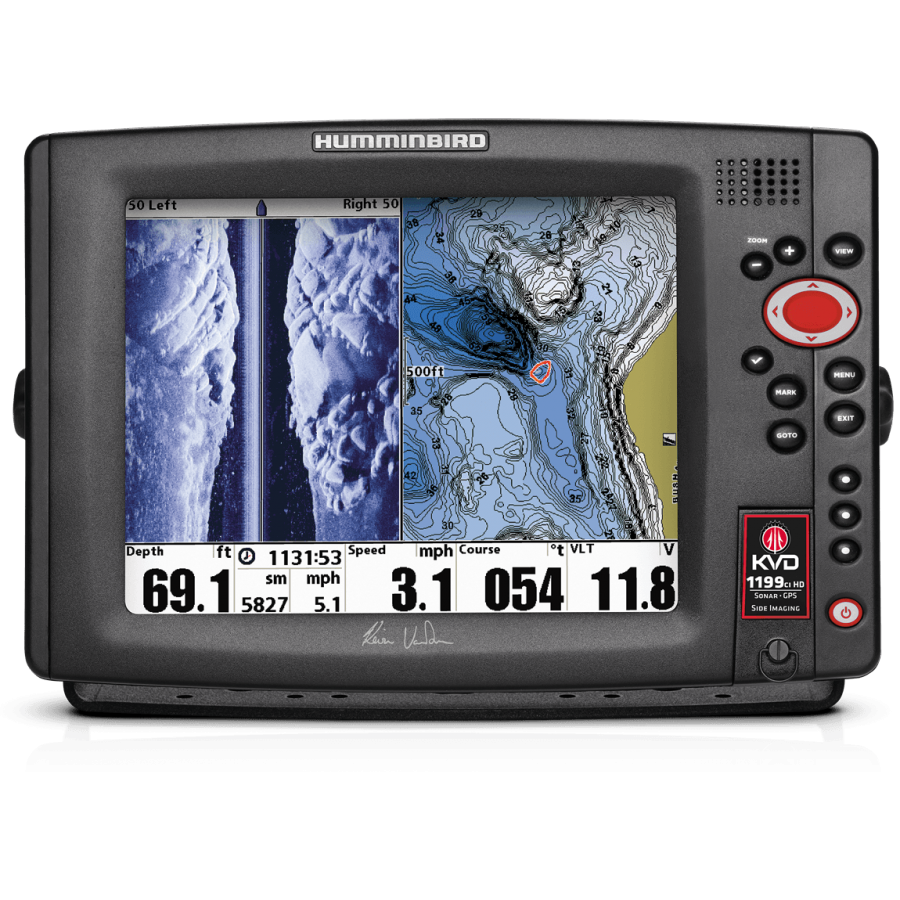 “We’re talking about building double tall structures,” Mounce added. “And the more complex, the better.”
“We’re talking about building double tall structures,” Mounce added. “And the more complex, the better.”
David Ewald a habitat innovator himself, agrees regarding the importance of complexity.
“For years we were told plastic didn’t work, but we had already proven otherwise with our own products,” said the owner of Fishiding, which offers a variety of fish habitats made with recycled products.
“Variety, complexity and density is finally getting the attention it deserves, but can only be achieved with the same variety in the material types selected. More variety in material types will retain the most variety in aquatic life. Some plastic types and chemical mixtures grow aquatic life better than others, but this continues to be overlooked by many.”
Mounce’s observations have been, though, that fish start hanging out at the cubes even before the plastic begins to “naturalize” with algae and microorganisms.
“The old idea the fish won’t use PVC structures until algae is on them is nonsense,” he said. “Two days after we put in those cubes in August, we saw fish above, below, and around them.”
Additionally, fish seem to like the “artificial stumps,” with corrugated culvert as trunks and pipe extending out of them like tentacles. Holes are cut in the trunks for fish to move in and out of.
“They’re based on the idea that old stumps have exposed roots because sediments has been washed away from them,” Mounce explained. “They’re attractive to both bass and crappie.”
What’s the future for cubes and fish attractors in general?
“Scaling up the sizes, heights, weights and complexities of habitat installations are where we are headed next,” Ewald said.
“Units that are picked up by hand and tossed overboard will become replaced by larger and more diverse complexes of cover for fish of all sizes to take refuge within, each of which, once installed, is too big and heavy to be moved by fishermen, current, or storm events.”
©Georgia cubes evolve and go nationwide

